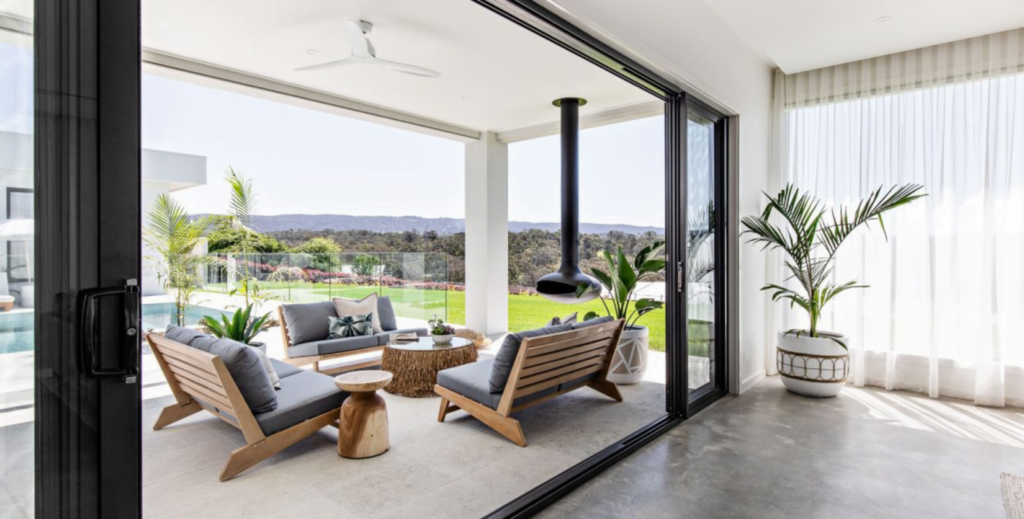Sliding glass doors are a popular choice for both residential and commercial properties due to their aesthetic appeal and functionality. They offer a seamless transition between indoor and outdoor spaces while maximizing natural light. However, understanding the cost of sliding glass doors involves considering various factors, from materials to installation.
Types of Sliding Glass Doors
Sliding glass doors come in several types, each with its own cost implications. The most common types include standard sliding doors, telescoping sliding doors, and bi-fold sliding doors. Standard sliding doors have two panels, with one fixed and the other sliding. Telescoping sliding doors have multiple panels that slide and stack behind each other, ideal for larger openings. Bi-fold doors fold back in sections, offering a wide, unobstructed view when open.

The choice of door type significantly influences the cost. Standard sliding doors are generally the most affordable, while telescoping and bi-fold doors tend to be more expensive due to their complex mechanisms and larger glass surface area.
Material Choices
The material of the door frame is another crucial factor that affects cost. Common materials include aluminum, vinyl, wood, and fiberglass. Aluminum frames are lightweight and durable, offering a modern look at a relatively low cost, but they may not provide the best insulation. Vinyl is cost-effective and provides good insulation, but it may not be as strong as aluminum or wood.
Wooden frames offer excellent aesthetics and insulation but tend to be more expensive and require regular maintenance to prevent rot and warping. Fiberglass frames combine the strength of aluminum and the insulation of vinyl, offering a middle-ground option in terms of both cost and performance.
Glass Options
The type of glass used in sliding doors can also impact the overall cost. Single-pane glass is the most affordable but offers minimal insulation and soundproofing. Double-pane glass, filled with inert gas, provides better energy efficiency and noise reduction but costs more. For high-end installations, triple-pane glass offers the best performance in terms of insulation and noise reduction, albeit at a higher price.

Additional glass options include tempered glass for safety, low-emissivity (Low-E) coatings for improved energy efficiency, and tinted or frosted glass for enhanced privacy. Each of these options adds to the cost but can significantly enhance the functionality and comfort of the space.
Size and Customization
The size of the door and any customization needs can also affect pricing. Standard-sized doors are more affordable due to mass production. However, if you need a custom size or design to fit a specific opening or architectural style, the cost will likely increase. Customization can also include special hardware finishes, unique frame colors, or integrated blinds.

Installation Costs
Installation is a significant part of the total cost of sliding glass doors. Professional installation is recommended to ensure the doors are properly aligned and sealed, which is crucial for security and energy efficiency. Installation costs can vary based on the complexity of the installation, the type of door, and the location of the property. For example, installations in high-rise buildings or remote areas may incur additional charges.
Maintenance and Repair
Ongoing maintenance and potential repair costs should also be considered. Sliding doors require regular cleaning and lubrication of tracks and rollers to ensure smooth operation. Over time, components like seals, rollers, and locks may wear out and need replacement. While these costs are generally low, they can add up over the lifespan of the door.
Cost Range Overview
On average, the cost of sliding glass doors ranges from $500 to $5,000, depending on the type, materials, glass options, size, and installation. Standard sliding doors with basic materials and glass options might be on the lower end of the spectrum. In contrast, high-end telescoping or bi-fold doors with premium materials and custom features could reach the higher end.
Conclusion
Sliding glass doors are an attractive and functional addition to any home or commercial space. While their cost varies based on numerous factors, understanding these can help you make an informed decision that balances budget with desired features and performance. Investing in quality materials and professional installation can enhance the longevity and functionality of your sliding doors.
FAQs
1. What are the security features available for sliding glass doors?
Sliding glass doors can be equipped with various security features, such as multi-point locking systems, reinforced glass, and security bars. Installing a security film on the glass can also help prevent break-ins.
2. How long do sliding glass doors typically last?
With proper care and maintenance, sliding glass doors can last for 20 to 30 years. The lifespan can vary depending on the materials used and the environmental conditions they are exposed to.
3. Are there energy-efficient sliding glass doors available?
Yes, energy-efficient sliding glass doors are available. Look for doors with double or triple-pane glass, Low-E coatings, and well-insulated frames to reduce energy loss and improve indoor comfort.
4. Can sliding glass doors be used in commercial properties?
Absolutely. Sliding glass doors are often used in commercial settings to create inviting entrances, partition spaces, or provide access to outdoor areas. They can be customized to meet specific commercial requirements.
5. What maintenance is required for sliding glass doors?
Regular maintenance includes cleaning the glass and frames, lubricating the tracks and rollers, and checking seals and locks for wear. This helps ensure smooth operation and prolongs the door’s lifespan.